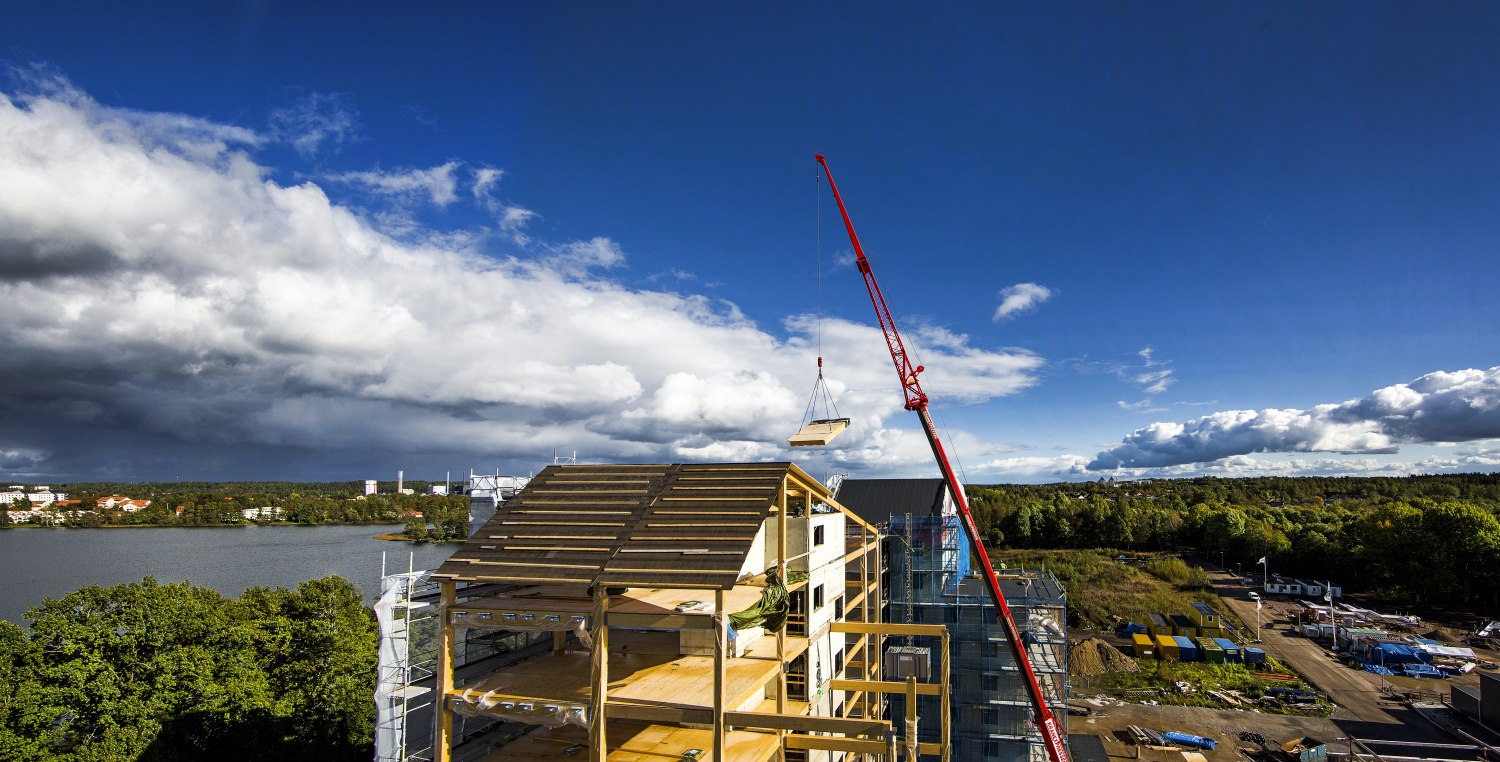Realising the potential that lies in the buildings we already have means we can save money while sparing the environment and society.
Every year, more than 22,000 buildings are demolished in Norway according to the Norwegian Green Building Council. This results in massive greenhouse gas emissions and resource consumption. Preserving existing buildings and instead meeting new needs by altering or extending them means we can use fewer materials, save time and have less impact on local communities. This is positive for people, the climate and budgets.
- At least 80 per cent of the buildings we will have in Scandinavia in 2050 have already been built, and 60 per cent of these will be screaming out for renovation, says Aasmund Bunkholt, CEO of Trefokus AS.
Advantages of wooden extensions
Bunkholt is sure that there will be an even greater focus on preserving existing buildings in the years to come. There is actually a lot one can do with an old building that no longer meets today’s standards.
One common argument for tearing down and building anew is the need for more space or the ability to utilise space one already has in a better manner, according to the Norwegian Green Building Council. Floor layouts can be changed by moving or eliminating walls. Another possibility is to add another storey or more. The load-bearing capacity of the existing structure may be a challenge, but using wood for extensions can provide several advantages.
- Wood is light, strong and easy to adapt to different needs. Existing buildings can probably withstand the addition of one to three storeys in wood. It is a material that offers great opportunities, says Bunkholt.
The low specific weight of wood in relation to its strength makes it easier to densify urban areas by building extensions. Less ground reinforcement is also required than for other materials, which saves time and costs.

Illustration photo: Sören Håkanlind
Timber on Top
The construction industry uses 40 per cent of the material resources in society, according to the Norwegian Green Building Council. We can save material resources by preserving existing buildings. The production of new ground structures and foundations also results in huge emissions of greenhouse gases and we can spare the climate from a lot by preserving and rehabilitating structures we already have.
Both Moelven Byggmodul AB and Moelven Töreboda AB are part of the “Timber on Top” collaboration project. The project brings together actors from the entire construction industry value chain and its goal is to extend the service life of existing buildings with the aid of reusable and prefabricated construction systems.
- Being sustainable is one of Moelven’s values and this means that we have to use our resources in a smart and efficient manner. By developing existing buildings, we can help to meet the demand for new homes and premises in a climate-smart manner, says Johan Samuelsson, CEO of Moelven Byggmodul AB.
Myths about demolition and renovation
- It costs more to renovate than demolish and build anew.
Numerous calculations show that today it is more financially profitable to demolish and build anew, but this depends on what is included in the calculation. As our understanding of sustainability grows, the factors included in calculations will change. - Only new buildings can be green and environmentally certified.
New and environmentally certified buildings are often highlighted as the greenest buildings. But even though a new building can be made more energy efficient, it is difficult to get climate and resource accounts to justify demolishing and building anew instead of renovating. - It is difficult to satisfy modern indoor climate requirements in existing buildings.
One common argument for demolishing older buildings is that it is impossible to achieve good ventilation and cooling solutions. People often think that ceilings are too low for the envisaged ventilation ducts and that technical rooms are too
Source: Grønn Byggallianse
Moelven and the UN Sustainable Development Goals
To ensure that our work on sustainability has clear direction and a global perspective, we have chosen to connect our four main areas to the UN’s Sustainable Development Goals. The article you’re now reading is linked to “Safeguarding natural resources” and sustainability goal #13 Climate action.
Read more about what the different goals mean to us here